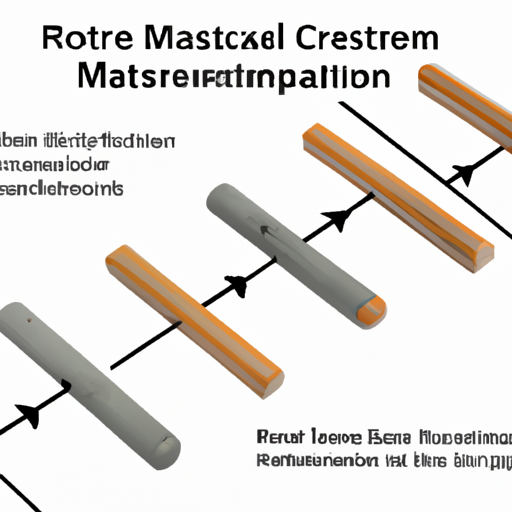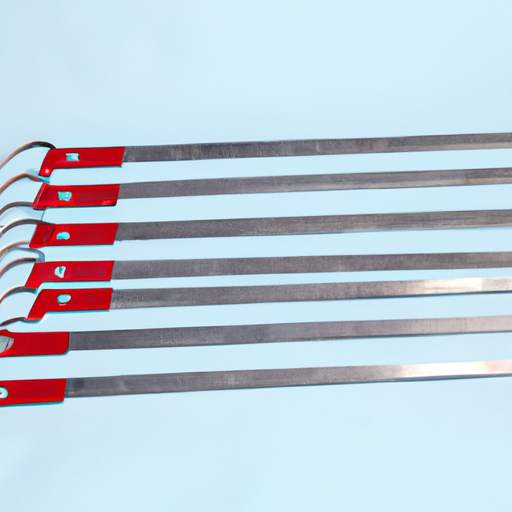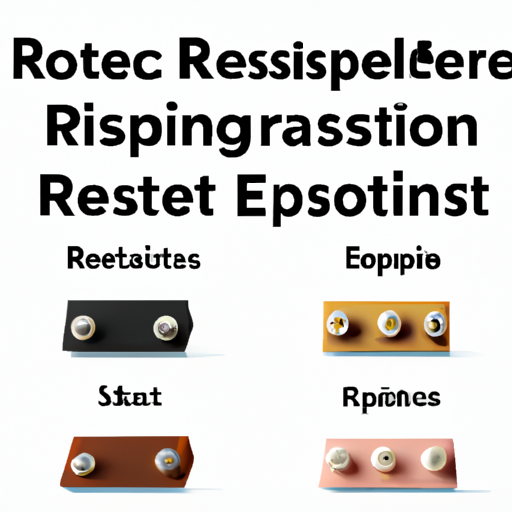What are the differences between the classification models of mainstream resistors?
What are the Differences Between the Classification Models of Mainstream Resistors?
I. Introduction
Resistors are fundamental components in electronic circuits, serving the essential function of controlling current flow. They are used in a variety of applications, from simple household electronics to complex industrial machinery. Understanding the classification of resistors is crucial for engineers, designers, and hobbyists alike, as it influences circuit design, performance, and reliability. This article will explore the various types of resistors, their characteristics, advantages, and disadvantages, as well as their applications and factors influencing their selection.
II. Basic Concepts of Resistors
A. Function of Resistors in Circuits
Resistors limit the flow of electric current in a circuit, allowing for the control of voltage and current levels. They convert electrical energy into heat, which is why they are rated for power handling. By doing so, resistors help protect sensitive components from excessive current and ensure that circuits operate within their designed parameters.
B. Key Parameters of Resistors
1. **Resistance Value**: Measured in ohms (Ω), this value indicates how much the resistor opposes the flow of current.
2. **Tolerance**: This parameter defines the accuracy of the resistor's resistance value, typically expressed as a percentage. A lower tolerance indicates a more precise resistor.
3. **Power Rating**: Measured in watts (W), this rating indicates the maximum power the resistor can dissipate without overheating.
4. **Temperature Coefficient**: This value indicates how much the resistance changes with temperature, which is crucial for applications where temperature fluctuations are expected.
III. Classification of Resistors
Resistors can be broadly classified into three categories: fixed resistors, variable resistors, and specialty resistors.
A. Fixed Resistors
Fixed resistors have a constant resistance value and are the most commonly used type. They can be further divided into:
1. **Carbon Composition Resistors**: Made from a mixture of carbon and a binding material, these resistors are known for their high energy absorption but have a relatively high tolerance.
2. **Metal Film Resistors**: These resistors are made by depositing a thin layer of metal onto a ceramic substrate. They offer better stability and lower noise compared to carbon composition resistors.
3. **Carbon Film Resistors**: Similar to metal film resistors, but made from carbon, they provide a good balance between cost and performance.
4. **Wirewound Resistors**: Constructed by winding a metal wire around a ceramic core, these resistors can handle high power ratings and are often used in high-precision applications.
B. Variable Resistors
Variable resistors allow for adjustable resistance values and include:
1. **Potentiometers**: Used to adjust voltage levels in a circuit, potentiometers are commonly found in volume controls and other user-adjustable settings.
2. **Rheostats**: A type of variable resistor used to control current, rheostats are often employed in applications requiring high power.
C. Specialty Resistors
Specialty resistors are designed for specific applications and include:
1. **Thermistors**: Temperature-sensitive resistors that change resistance with temperature, thermistors are widely used in temperature sensing and control applications.
2. **Photoresistors**: Also known as light-dependent resistors (LDRs), these resistors change resistance based on light exposure, making them ideal for light-sensing applications.
3. **Varistors**: Voltage-dependent resistors that protect circuits from voltage spikes, varistors are commonly used in surge protection devices.
IV. Detailed Comparison of Mainstream Resistor Types
A. Carbon Composition Resistors
**Characteristics**: These resistors are made from a mixture of carbon and a binding material, providing a high resistance value.
**Advantages**: They can handle high energy pulses and are relatively inexpensive.
**Disadvantages**: They have a high tolerance (typically ±5% to ±20%) and are less stable over time compared to other types.
B. Metal Film Resistors
**Characteristics**: Made by depositing a thin layer of metal onto a ceramic substrate, these resistors offer low noise and high stability.
**Advantages**: They have a low tolerance (typically ±1% to ±5%) and are suitable for precision applications.
**Disadvantages**: They are generally more expensive than carbon composition resistors.
C. Carbon Film Resistors
**Characteristics**: Similar to metal film resistors but made from carbon, they provide a good balance between performance and cost.
**Advantages**: They have a moderate tolerance (typically ±5%) and are widely used in general applications.
**Disadvantages**: They are less stable than metal film resistors and can be affected by temperature changes.
D. Wirewound Resistors
**Characteristics**: Constructed by winding a metal wire around a ceramic core, these resistors can handle high power ratings.
**Advantages**: They are highly accurate and can dissipate significant amounts of heat.
**Disadvantages**: They are bulkier and more expensive than other types of resistors.
E. Potentiometers
**Characteristics**: These variable resistors allow for adjustable resistance values, typically used for voltage adjustment.
**Advantages**: They provide user control over circuit parameters and are widely used in consumer electronics.
**Disadvantages**: They can wear out over time with frequent use, leading to reliability issues.
F. Thermistors
**Characteristics**: Temperature-sensitive resistors that change resistance with temperature variations.
**Advantages**: They are highly sensitive and can provide accurate temperature readings.
**Disadvantages**: They have a limited temperature range and can be affected by environmental conditions.
V. Applications of Different Resistor Types
A. Consumer Electronics
In consumer electronics, resistors are used in various applications, including audio equipment, televisions, and computers. Metal film and carbon film resistors are commonly used for their stability and low noise.
B. Industrial Applications
In industrial settings, wirewound resistors are often employed due to their ability to handle high power and provide accurate resistance values. They are used in motor control, power supplies, and other heavy-duty applications.
C. Automotive Applications
Resistors play a crucial role in automotive electronics, where they are used in sensors, control units, and lighting systems. Thermistors and photoresistors are particularly important for temperature and light sensing.
D. Medical Devices
In medical devices, precision is paramount. Metal film resistors and thermistors are commonly used in diagnostic equipment and monitoring devices due to their accuracy and reliability.
VI. Factors Influencing Resistor Selection
A. Application Requirements
The specific requirements of the application, such as resistance value, tolerance, and power rating, will dictate the choice of resistor.
B. Environmental Conditions
Factors such as temperature, humidity, and exposure to chemicals can influence the performance and longevity of resistors, making it essential to select resistors that can withstand the operating environment.
C. Cost Considerations
Budget constraints may also play a role in resistor selection, as some types, like metal film resistors, can be more expensive than others.
D. Availability and Supply Chain
The availability of specific resistor types can impact project timelines, making it important to consider supply chain factors when selecting components.
VII. Conclusion
In summary, understanding the differences between the classification models of mainstream resistors is essential for effective circuit design and application. Each type of resistor has its unique characteristics, advantages, and disadvantages, making it crucial to choose the right one based on specific requirements. As technology continues to evolve, advancements in resistor technology will likely lead to new types and improved performance, further enhancing their role in modern electronics.
VIII. References
1. Academic Journals on Electronics and Circuit Design
2. Industry Standards for Resistor Specifications
3. Manufacturer Specifications and Datasheets
This comprehensive overview of resistor classification models provides a solid foundation for understanding their differences and applications, ensuring that engineers and designers can make informed decisions in their projects.






